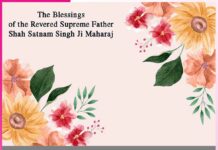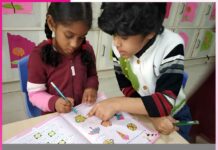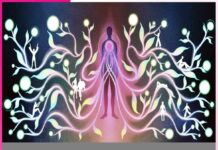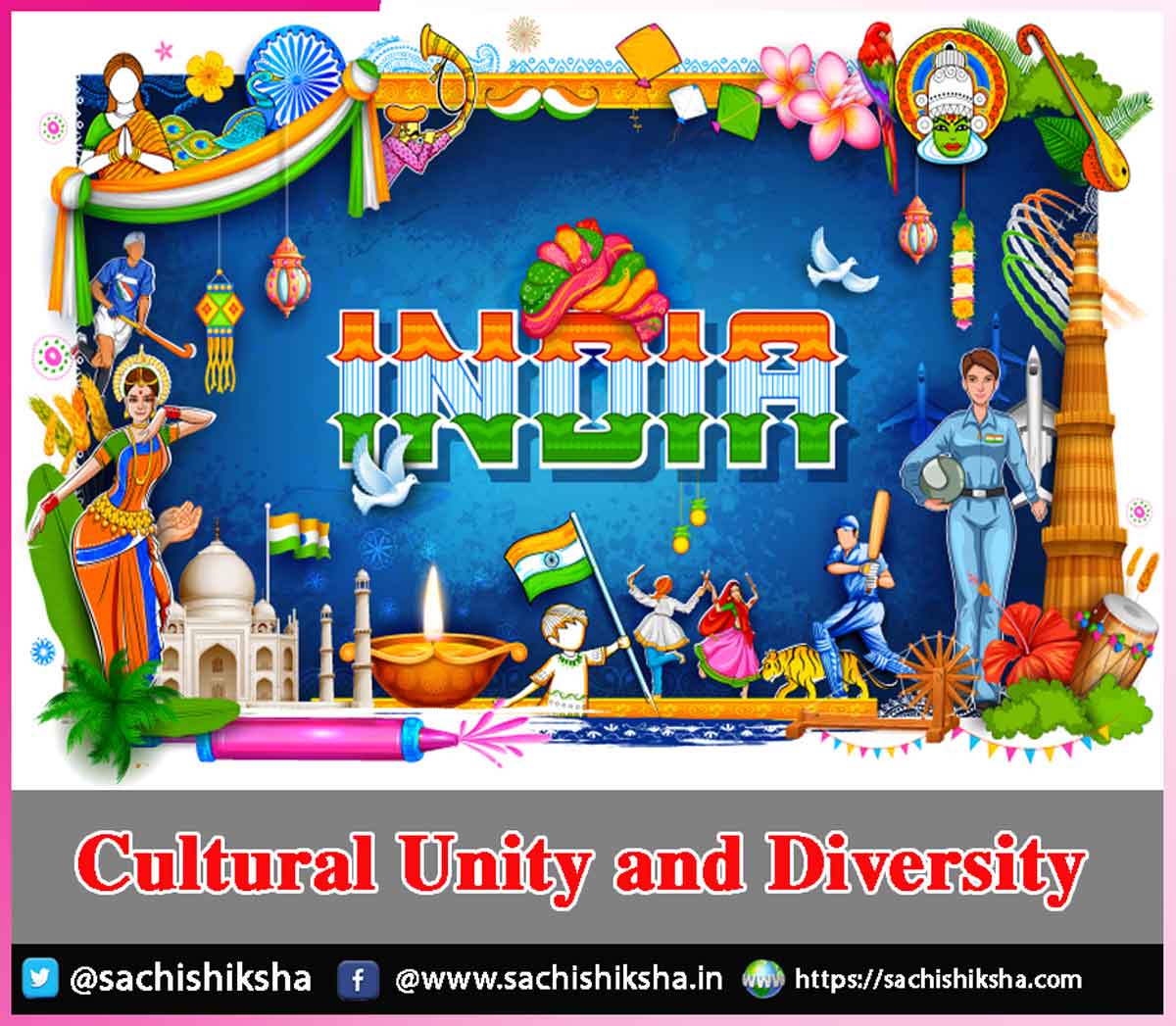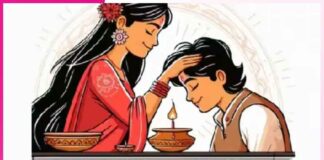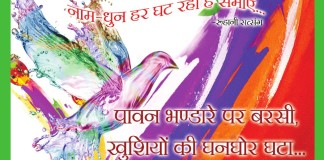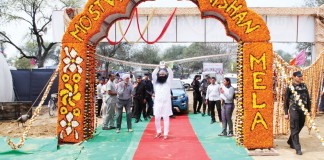Cultural Unity and Diversity
Introduction: Culture serves as the cornerstone for societal development. It covers the practices, convictions, customs, languages, creativity, and morals that constitute a community. They represent two sides of the same coin: unity brings people together, while diversity celebrates differences that enrich societies.
Table of Contents
Understanding Cultural Diversity

The Essence of Cultural Unity
Cultural unity does not mean erasing differences; rather, it means embracing them while recognizing that beneath those differences, human beings share similar emotions, needs, and aspirations.
Festivals celebrated across different cultures often symbolize togetherness, gratitude, and love—values that transcend borders. For example, while Diwali in India and Christmas in Europe have distinct traditions, both celebrate light, hope, and joy. Cultural unity is also vital for the stability of a nation and the peace of the world. When individuals from diverse backgrounds feel connected through shared values, conflicts reduce and societies thrive.
The Interplay between Unity and Diversity
Cultural unity and diversity are not opposing forces but complementary ones. Diversity offers the richness of multiple identities, while unity provides the glue that keeps them together. A society that respects diversity while fostering unity becomes more resilient and harmonious. Take, for example, countries like India, which is home to numerous languages, religions, and traditions, yet celebrates the idea of “unity in diversity.” Similarly, multicultural nations around the world thrive when their people respect each other’s uniqueness and work towards common goals.
Challenges and the Way Forward
Despite its advantages, cultural diversity can sometimes lead to misunderstandings, prejudice, or conflicts if not managed with respect and sensitivity. Miscommunication or intolerance can create divides instead of bridges. Therefore, promoting cultural unity requires conscious effort—through education, dialogue, and inclusive policies. Schools play an essential role in nurturing respect for different cultures. Media and art can also highlight stories that promote empathy and break down stereotypes.
Governments and organizations must ensure equal opportunities for all cultural groups to thrive, ensuring that no one feels marginalized. Cultural unity and diversity together shape the beauty of human civilization. Diversity offers colour and variety, while unity provides strength and harmony. Embracing both means creating a world where differences are not just tolerated but celebrated, and where shared values bind us as one human family. In an era of globalization, fostering cultural unity amid diversity is not just an ideal—it is a necessity for peace, progress, and a better future.










